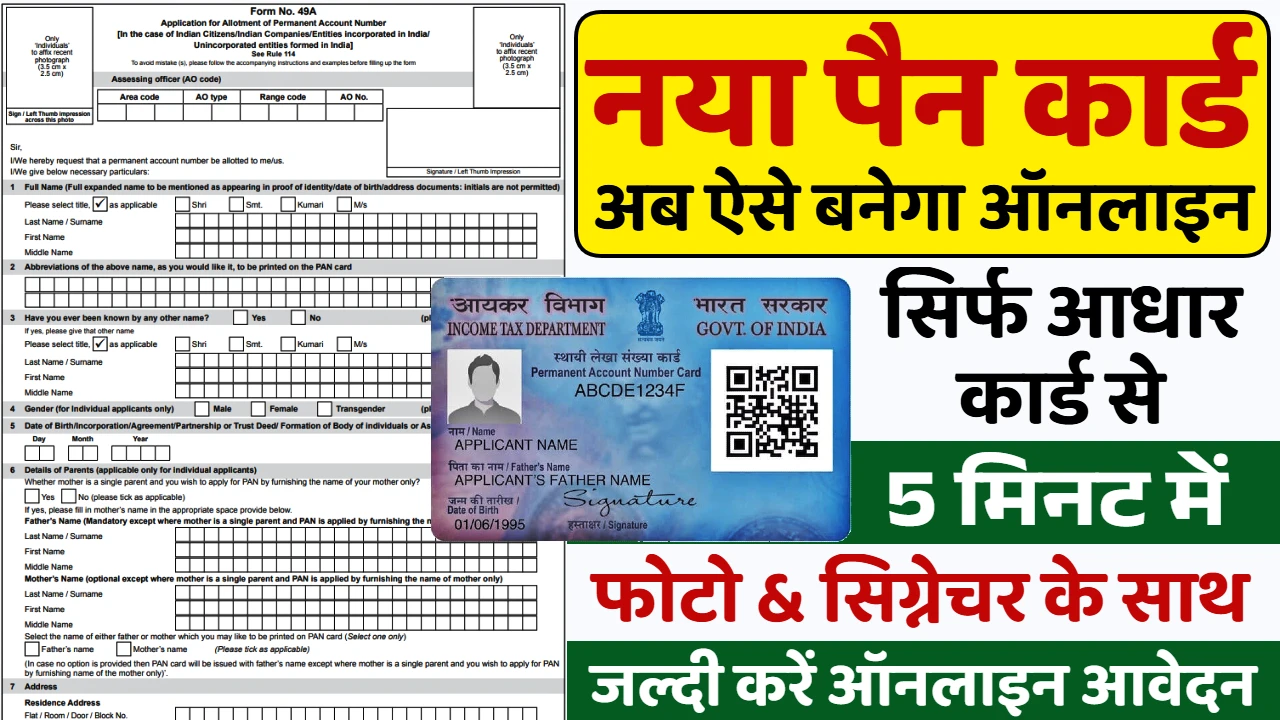Bengaluru, Karnataka – For generations, Ragi Mudde, also known as Ragi Balls or Finger Millet Balls, has been a staple food in Karnataka and parts of South India. This simple yet incredibly nutritious dish, made primarily from ragi flour and water, is a powerhouse of energy and a testament to the region’s healthy eating habits. While seemingly basic, mastering the art of making smooth, lump-free Ragi Mudde at home is a rewarding culinary experience. This guide will walk you through the traditional making process, ensuring you can create this wholesome dish with ease.
Get ready to connect with the roots of Karnataka’s cuisine and discover the simple goodness of homemade Ragi Mudde, a dish that’s both nourishing and deeply satisfying.
Gathering the Minimal Yet Mighty Ingredients for Ragi Mudde
The beauty of Ragi Mudde lies in its short and wholesome list of ingredients, highlighting the natural goodness of ragi flour.
Essential Ingredients:
- Ragi Flour (Finger Millet Flour): 1 cup, the star ingredient, packed with nutrients.
- Water: Approximately 2.5 to 3 cups, crucial for cooking and achieving the right consistency.
The Traditional and Straightforward Making Process of Ragi Mudde
Creating perfect Ragi Mudde involves a specific cooking technique to ensure a smooth, lump-free texture.
- Boil the Water: In a heavy-bottomed pot or saucepan, bring 2 cups of water to a rolling boil. The amount of water might need slight adjustment based on the quality of the ragi flour.
- Prepare the Ragi Mixture: While the water is boiling, in a separate small bowl, mix about 2-3 tablespoons of ragi flour with approximately 1/2 cup of cold water to form a smooth, lump-free slurry. This step is crucial for preventing lumps in the final mudde.
- Introduce the Slurry: Once the water is boiling vigorously, slowly pour the ragi flour slurry into the boiling water while stirring continuously with a wooden spoon or a whisk. This will help prevent lumps from forming.
- Cook and Thicken: Reduce the heat to low and continue stirring the mixture constantly. You will notice the mixture starting to thicken and form a thick paste. Continue cooking and stirring for about 5-7 minutes, or until the mixture becomes a smooth, glossy, and thick mass that pulls away from the sides of the pot.
- Add Remaining Ragi Flour: Now, gradually add the remaining ragi flour to the cooked mixture. Do not mix it in completely at once. Instead, make a well in the centre of the cooked mass and slowly add the flour, pressing it down gently with the back of your wooden spoon. Cover the pot with a lid and let it steam on low heat for another 5-7 minutes. This steaming process ensures the ragi flour cooks through completely and eliminates any raw taste.
- Shape the Mudde: After steaming, remove the lid and vigorously stir the entire mixture with the wooden spoon until it forms a smooth, cohesive, and non-sticky dough. This requires some effort to break down any remaining lumps and achieve the desired consistency. Once the dough is smooth, turn off the heat. Wet your hands with a little cold water and take a portion of the hot dough. Shape it into a firm, round ball (the size of a small to medium fist). Repeat this process with the remaining dough.
- Serve Hot: Serve the Ragi Mudde hot with sambar, gojju (tamarind-based gravy), or any other traditional South Indian curry of your choice. The traditional way to eat Ragi Mudde is by breaking off a small portion with your fingers and dipping it into the accompaniment.
Important Tips for Perfect Homemade Ragi Mudde
Achieving the perfect smooth and lump-free Ragi Mudde requires attention to a few key techniques. Follow these essential tips for the best results:
- Use Good Quality Ragi Flour: Ensure you use fresh and good quality ragi flour for the best taste and texture.
- Lump-Free Slurry: Making a smooth slurry with a small portion of ragi flour and cold water before adding it to the boiling water is crucial for preventing lumps.
- Continuous Stirring: Stir the mixture continuously, especially in the initial stages, to prevent lumps from forming.
- Proper Cooking Time: Cook the ragi mixture thoroughly until it becomes smooth, glossy, and pulls away from the sides of the pot. The steaming process is also essential for eliminating any raw taste.
- Achieving the Right Consistency: The final mudde should be smooth, firm, and slightly sticky. Adjust the amount of water slightly if needed to achieve this consistency.
- Wet Hands for Shaping: Wetting your hands with cold water before shaping the mudde prevents the hot dough from sticking to your hands and helps in forming smooth balls.
- Serve Hot: Ragi Mudde is best enjoyed hot. It tends to become slightly firm as it cools down.
- Traditional Accompaniments: Serve Ragi Mudde with traditional South Indian accompaniments like sambar, bassaru, or various types of gojju for an authentic experience.
Making Ragi Mudde at home is a simple yet deeply traditional culinary practice that offers a wealth of nutrition and flavour. With just ragi flour and water, and by following the correct making process and these essential tips, you can create this wholesome staple of Karnataka cuisine. So, embrace this age-old recipe and enjoy the simple goodness of homemade Ragi Mudde!











